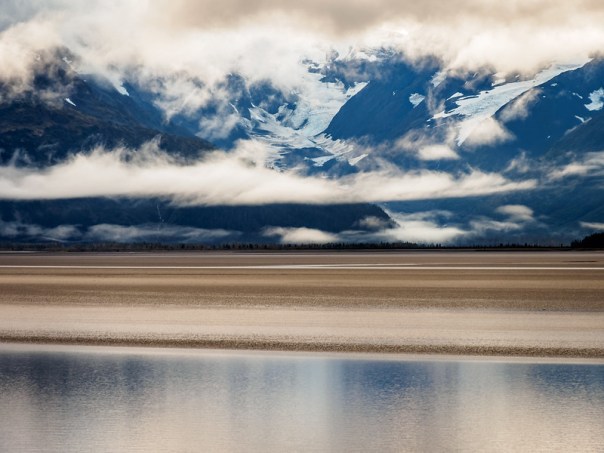Probably the best wildlife photo outing I ever had was a little over 11 years ago on a dark and dreary day in Juneau, Alaska.
I was using a Nikon D-90 camera and my telephoto lens at the time was the 70-300mm f/4.0 – 5.6 lens. To get the shutter speeds I needed, I had to set my ISO between 800 and 1000. The D-90 sensor was good for the time, but at those ISOs, overcast skies, fast action and small apertures made for challenging exposures. While I like the photos I came back with, I’ve always wished the image quality was a bit better.
Fast forward to this week when DxO Photo Lab Version 4 was announced. It advertises a new RAW conversion approach that uses machine learning to combine demosaicing and denoising into one step. They say:
“The resulting photo quality is nothing short of spectacular, especially for photos taken in low light conditions that require brightening certain areas, photos with small pixels, and photos taken with early-generation cameras.”
That sounds like just what I needed for those old photos, so I decided to reprocess a couple of them. In addition to DxO Photo Lab, I also have new versions of Lightroom (with very nice texture, clarity, and dehaze controls) as well as Topaz Sharpen AI.
Would the new software improve these photos? Let’s see. Here are the results in image compare frames so you can see the differences (newer versions on the right). You’ve seen the first one in the blog before.


I think the reprocessed version has better detail / focus, less noise, and improved contrast / colors.
The next one hasn’t been in the blog before. I’ve always liked the action / viewpoint / composition and “flight aspect” of the whale, but the noise, color and focus were disappointing.


After reprocessing, I think the image quality is more than acceptable.
My workflow for these was:
- Raw conversion using DxO Optics Pro 4 with “Deep Prime” noise reduction and export back to Lightroom in RAW / DNG format
- Adjustments in Lightroom: exposure, highlights, shadows, texture, dehaze
- Sharpening with Topaz Sharpen AI
If you’re interested in more detail about the steps I went through, just ask in a comment and I’ll be more than happy to answer your questions.
Here are some related links to explore:
- A higher res version of Breaching humpback 1
- A higher res version of Breaching humpback 2
- An album of other reprocessing examples
- Several more blog posts about reprocessing
- An album of other photos from our Alaska trip
I’m very glad that I’ve been shooting in and saving RAW format images. It takes up more storage space and requires more post processing work than using jpg files. But having RAW files for my favorite photos lets me take advantage of new technology and algorithms as they become available.
Keeping up with all these new capabilities requires time, effort, and money. But there’s no doubt in my mind that the software we have today is vastly superior to what was available 11 years ago. What do you think?
Thanks for stopping by and reading my blog. Please stay safe out there and take care of each other. And if you can, make or reprocess some RAW photos!
©2020, Ed Rosack. All rights reserved





































